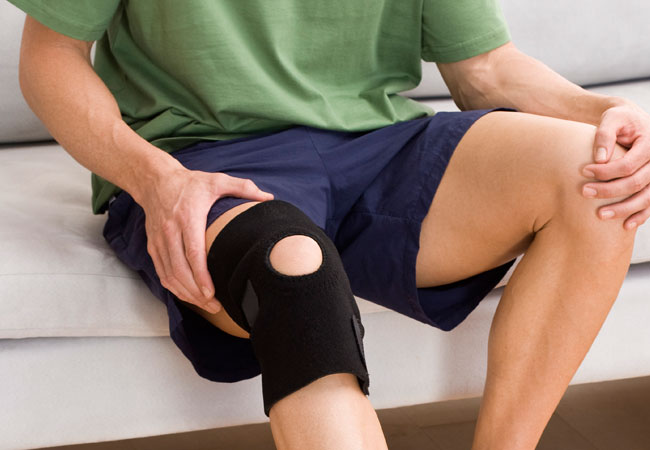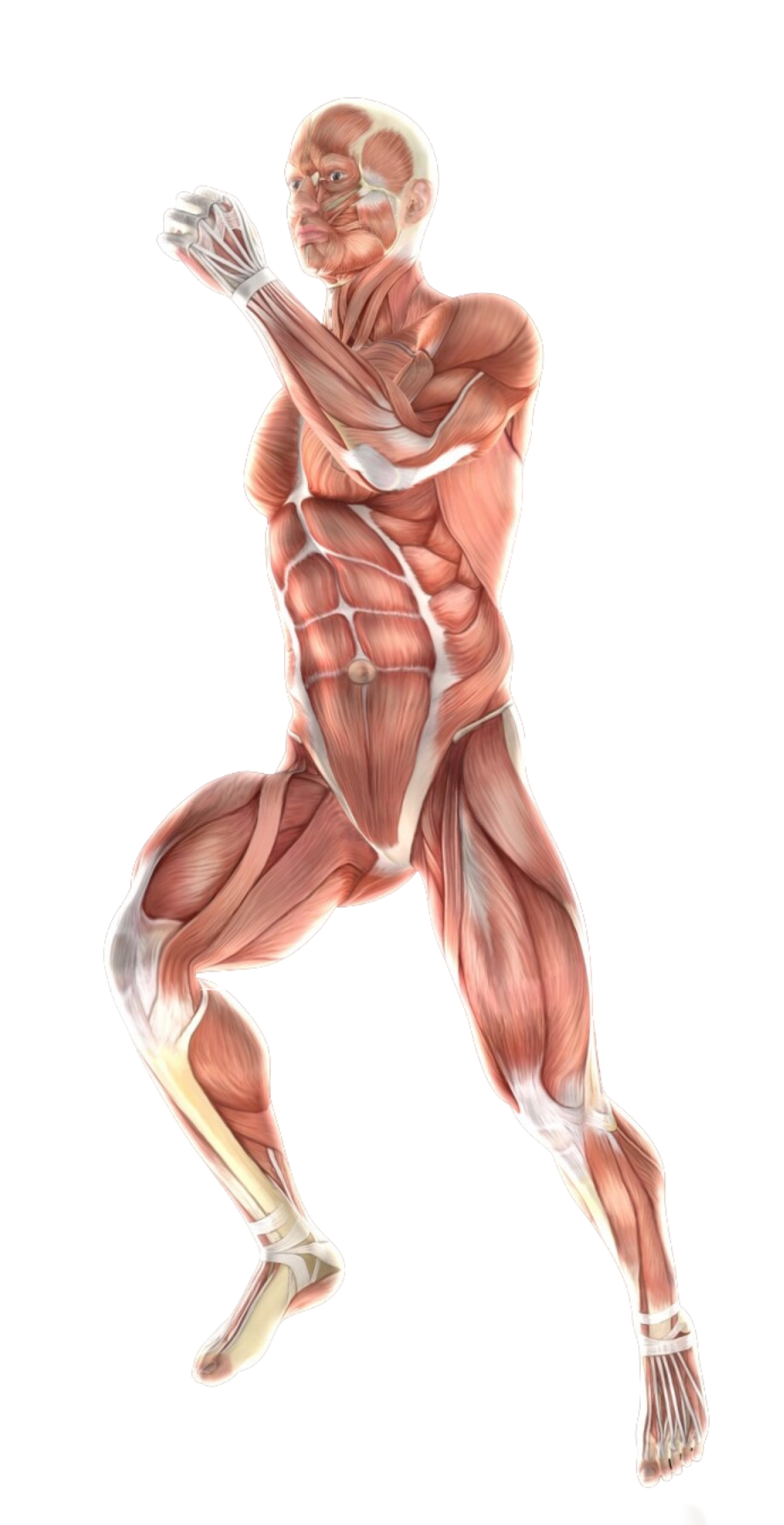- #11-13 Mount Elizabeth Medical Centre (Orchard)
- Mon Fri 9am — 6pm | Sat 9am — 12.30 pm
Total knee replacement (TKR), also known as total knee arthroplasty, is a surgical procedure that involves replacing the weight-bearing surfaces of the knee joint with artificial implants. This surgery is a common and effective treatment option for people experiencing severe pain and disability due to advanced knee arthritis.
The knee joint is a complex structure made up of bones, cartilage, ligaments and fluids. Cartilage acts as a soft cushion between the ends of bones, allowing for pain-free movement. In knee arthritis, this cartilage degenerates and wears away, causing bone-to-bone contact, causing pain, stiffness and inflammation.
People experiencing the following signs and symptoms may be considered candidates for total knee replacement:

Aims to resurface damaged joints with prosthetic components:
These implants are typically made of highly durable metal alloys and plastics designed to mimic the function of natural cartilage, providing a smoother sliding surface and reducing pain and friction.
The main reason for total knee replacement is severe arthritis of the knee, particularly osteoarthritis:
While anyone can develop knee arthritis, certain factors can increase the risk of requiring a total knee replacement:
Before considering total knee replacement, healthcare professionals typically explore several conservative treatment options to control pain and improve joint function:
If these conservative approaches fail to provide adequate pain relief and significantly limit mobility, then total knee replacement might be considered.
There are two main surgical techniques for total knee replacement:
The choice of technique depends on various factors, including the surgeon’s expertise, patient anatomy, and complexity of the case.
While not routinely used, robotic-assisted surgery is becoming increasingly available and offers potential benefits like:
However, robotic-assisted surgery is currently more expensive and not widely available, and its long-term benefits compared to traditional techniques are still under investigation.
The recovery time for total knee replacement can vary depending on individual factors, surgical technique, and adherence to the rehabilitation program. Generally, the recovery process can be divided into three stages:
Hospital stays (1-3 days):
Early rehabilitation (4-6 weeks):
Continued rehabilitation (6 months – 1 year):
It’s crucial to remember that everyone heals at their own pace, and full recovery can take up to a year or longer, especially for individuals with significant pre-operative limitations.

Spine - Neck
Shoulder & Elbow
Spine — Back
Wrist & Hand
Knee Pain
Ankle Pain
Foot Pain
Book a consultation with us for a more comprehensive diagnosis and a personalised treatment plan best suited to your needs.

Spine - Neck
Shoulder & Elbow
Spine — Back
Wrist & Hand
Knee
Ankle
Foot